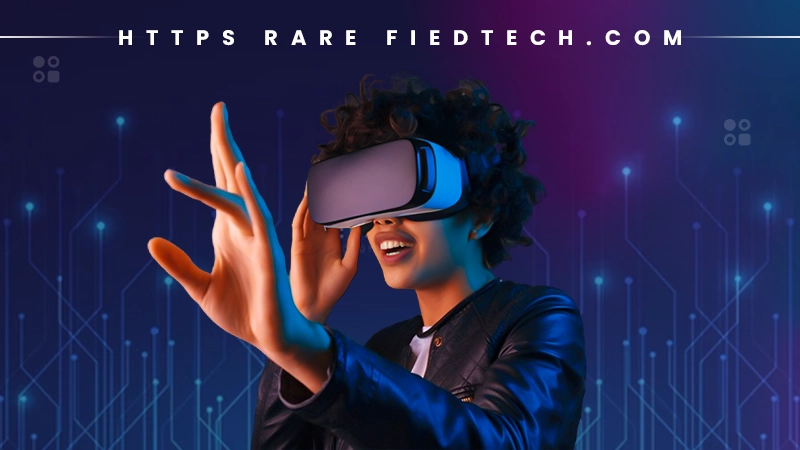The Storium dataset is a unique and valuable resource for researchers in natural language processing (NLP) and artificial intelligence (AI). Derived from the online collaborative storytelling platform, Storium, the dataset provides narratives written by users working together to create interactive and evolving stories. Unlike traditional datasets containing static text such as Wikipedia entries or news articles, the Storium dataset offers dynamic storytelling structures, which are particularly useful for training and evaluating generative AI models.
This article explores the significance of the Storium dataset, its structure, applications in NLP, and the challenges it presents. We also discuss how it serves as a benchmark for language models and future areas of research where this dataset could prove beneficial.
What is Storium?
Storium is a multiplayer online game and creative writing platform where participants collectively craft stories. Players take turns contributing to the narrative using prompts and characters, often guided by story cards that set the tone, conflict, or action. These collaboratively created stories evolve organically, resulting in complex plots that mimic real-world storytelling.
The Storium dataset captures these narratives, offering insights into how people collaborate, build plotlines, and develop character arcs over time. It reflects spontaneous human creativity and structured narrative logic, making it a valuable resource for AI researchers working on generative storytelling, dialogue systems, and creative text generation.
Structure and Composition of the Storium Dataset
The Storium dataset is comprised of several key elements:
- Narratives: Complete and partial stories written by multiple users, often with diverse styles and voices.
- Character Profiles: Information about characters introduced within the stories, including traits and roles they play in the narrative.
- Story Cards: Prompts used to guide story development, which provide the context for conflicts, resolutions, or new developments.
- Temporal Progression: Sequential order of contributions made by users over multiple rounds or scenes, reflecting the evolving nature of collaborative storytelling.
This dataset is inherently different from conventional corpora because it contains rich multi-author narratives, allowing the study of narrative progression, character development, and plot consistency.
Why the Storium Dataset is Important for NLP Research
- Advancing Narrative Understanding:
Many NLP models struggle to generate coherent, long-form text with consistent characters and plots. The Storium dataset provides a training ground for narrative comprehension, helping researchers build models that can not only generate stories but also maintain plot continuity and character consistency. - Evaluating Creativity in AI:
Traditional NLP benchmarks often focus on factual generation (e.g., Wikipedia text). However, creative generation is becoming a major focus with the rise of large language models (LLMs). The Storium dataset offers a way to assess how well AI models can craft imaginative content and sustain creative plots over long narratives. - Improving Collaborative Text Generation Models:
Because the dataset is built on multi-user collaboration, it is a goldmine for training models that understand and replicate cooperative dialogue. This can benefit chatbots, collaborative writing tools, and co-creative AI systems designed to work alongside human users. - Insights into Human Interaction in Narrative Spaces:
The dataset reflects not only linguistic patterns but also social dynamics in storytelling, such as how conflicts are introduced and resolved, and how characters evolve over time. This enables the study of narrative psychology and computational social science.
Applications of the Storium Dataset in NLP
- Training Generative Models
The Storium dataset can be used to train and fine-tune models like GPT and LLaMA for creative writing tasks. These models can learn from the dataset how to craft coherent stories with well-developed plots and lifelike characters. Models trained on such a dataset could assist novelists or screenwriters by suggesting plot twists or character actions. - Conversational AI Development
Conversational AI systems, such as chatbots and virtual assistants, often struggle with multi-turn dialogue and consistency. The Storium dataset’s multi-author contributions can help train these systems to sustain long, meaningful conversations by maintaining context and personality across multiple exchanges. - Story Generation for Video Games and Virtual Worlds
Procedural storytelling is becoming more prevalent in video games, where narratives adapt dynamically to players’ actions. The Storium dataset can aid developers in creating models capable of generating adaptive, personalized storylines for games and virtual worlds. - Character and Dialogue Modeling
AI models trained on the Storium dataset can better understand character development and personality traits, leading to more natural and engaging dialogue. This has implications for the development of non-playable characters (NPCs) in video games or virtual agents in interactive fiction.
Challenges of the Storium Dataset
- Inconsistent Quality and Style
As the stories are collaboratively written by users of varying skill levels, the quality of the text can vary significantly. This presents a challenge for training models, as some portions of the data may contain errors, inconsistencies, or poor narrative structure. - Maintaining Plot and Character Coherence
Collaborative stories often experience shifts in tone, plot direction, or character behavior as different participants contribute. Training AI models to handle such inconsistencies while maintaining coherence is a complex task. - Ethical and Privacy Concerns
Since the dataset is sourced from a public platform, it raises concerns about the consent of participants and the potential misuse of personal writing. Researchers must ensure that the data is anonymized and that its usage aligns with ethical AI practices. - Dataset Size and Complexity
The sequential nature of the dataset, with multiple rounds of contributions, makes it challenging to preprocess and analyze. Researchers need efficient methods to structure and extract meaningful patterns from the stories.
Future Directions for Research Using the Storium Dataset
- Personalized Storytelling Models
Future work could focus on building personalized storytelling systems that generate stories based on individual user preferences and inputs. This would combine user modeling with the narrative structures learned from the Storium dataset. - Hybrid AI-Human Storytelling Platforms
The dataset could serve as the foundation for co-creative platforms where AI models collaborate with human users to craft narratives. These platforms could be used for educational purposes, such as creative writing classes or therapeutic storytelling sessions. - Multimodal Story Generation
Researchers could integrate the Storium dataset with visual or audio elements to create multimodal narratives. This would enable the development of AI models that can generate text, visuals, and sound to create immersive storytelling experiences. - Long-Form Narrative Generation
With advancements in transformer-based models, the Storium dataset can push the boundaries of long-form narrative generation, helping AI models learn to write novels, screenplays, or serialized fiction.
Conclusion
The Storium dataset is a rich and unique resource for advancing NLP research in narrative generation, collaborative writing, and conversational AI. It offers insights into how stories evolve organically through human interaction, providing a challenging yet rewarding dataset for AI researchers. Despite its challenges, such as inconsistent quality and ethical considerations, the Storium dataset holds immense potential for training the next generation of creative AI systems.
With growing interest in generative models and creative applications of AI, the Storium dataset will likely play an increasingly important role in future research. As AI systems continue to improve in their ability to understand and generate stories, the line between human and machine creativity will blur, leading to new forms of storytelling and artistic expression.



